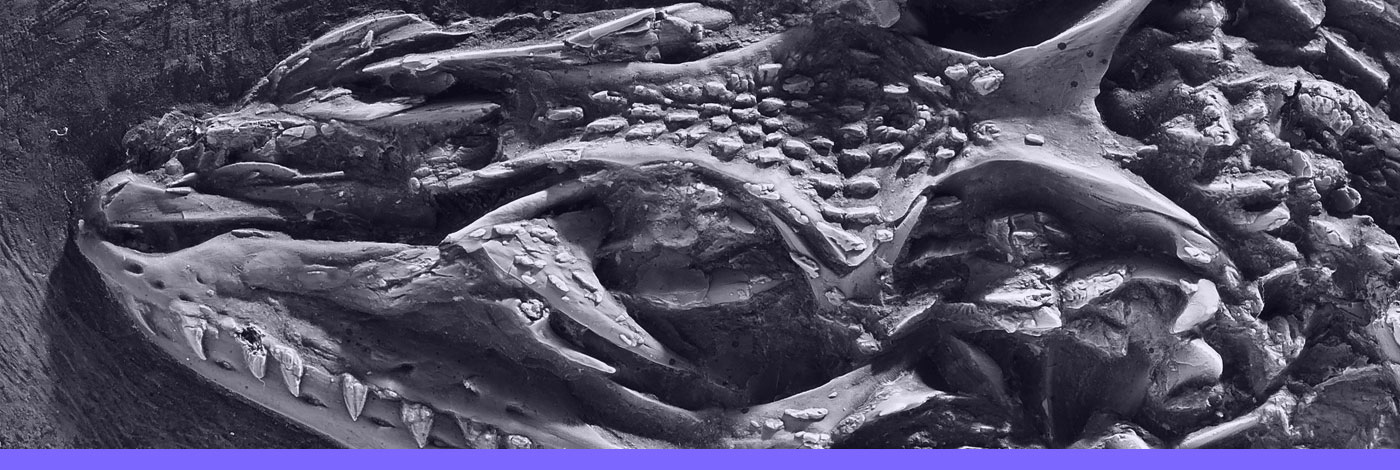

 Comptes Rendus Palevol
24 (18) - Pages 345-362
Comptes Rendus Palevol
24 (18) - Pages 345-362The tooth crown morphology of Australopithecus sediba Berger et al., 2010 has so far only been described at the outer enamel surface, which limits the accessible morphological information, particularly in the case of worn teeth (such as those of adult individual MH2). Microtomographic imaging allows us to study internal dental structures such as the enamel-dentine junction (EDJ), which preserves the morphology of important dental features even in cases of moderate tooth wear, as well as allowing us to assess crown tissue proportions. Here I present the first assessment of the internal dental structure of A. sediba, providing descriptions of the mandibular postcanine EDJ morphology, scoring the expression of discrete traits, measuring 2D molar enamel thickness, and comparing to Australopithecus R.A.Dart, 1925, Paranthropus Broom, 1938 and Homo Linnaeus, 1758. The EDJ clarifies the expression of molar accessory cusps in the species; the absence of lingual accessory cusps (C7) in the M1 and M2 is consistent with Australopithecus, and distinct from early Homo. Well-developed protostylid crests extend mesially beyond the protoconid, which is most similar to A. africanus. Examination of the molar EDJ also reveals an unusual feature; the apparent rotation of the EDJ crown in occlusal view relative to the outer enamel surface, clearest in the M2 of MH1, which warrants further investigation. Molar enamel thickness (MH1; M2, M3) is found to be similar to other Australopithecus in absolute terms, but as the molars of MH1 are small, the enamel is thick in relative terms, within the range of Paranthropus. Relatively thick enamel could aid in hard-object feeding, as has been previously suggested for the species.
Australopithecus sediba, Malapa, enamel-dentine junction, dental morphology, enamel thickness